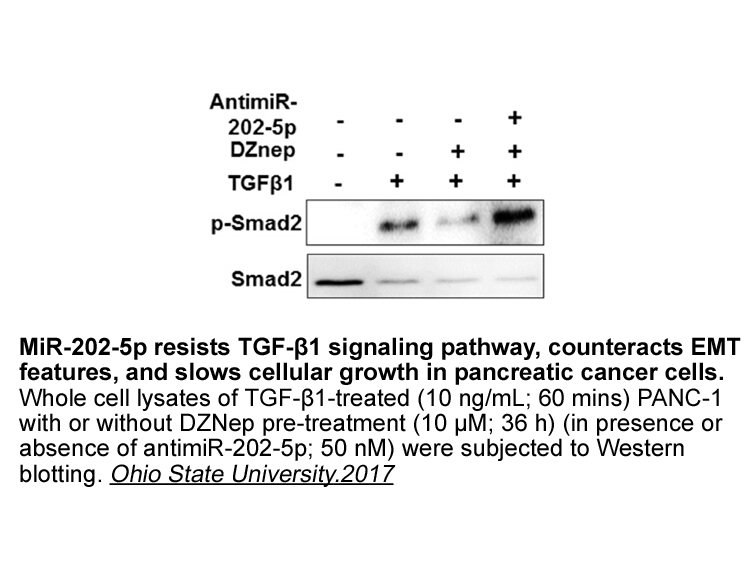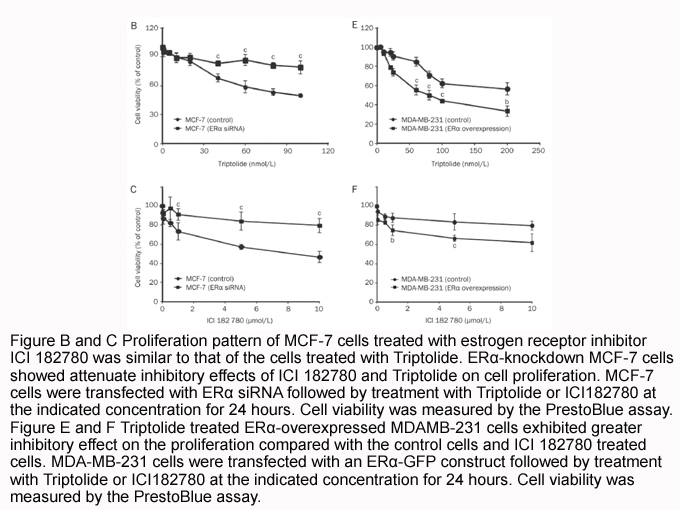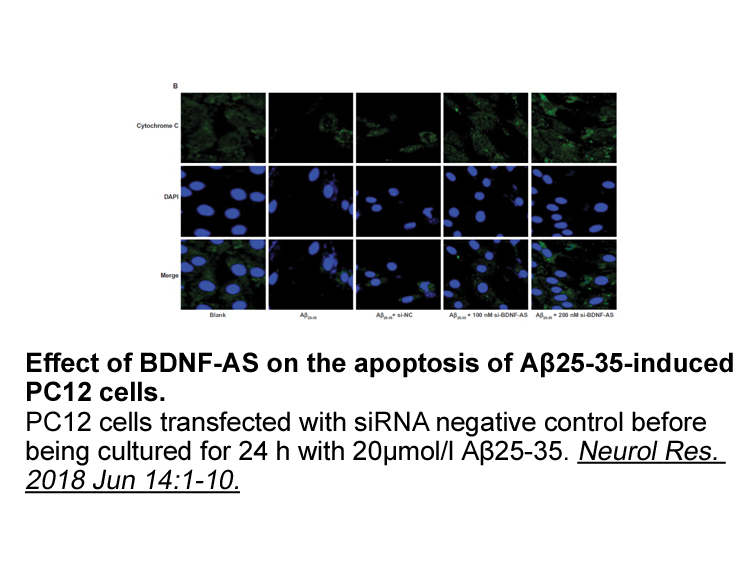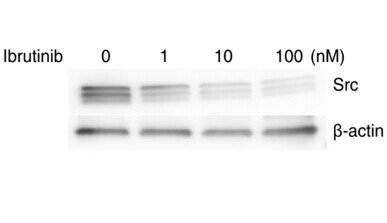Archives
- 2025-11
- 2025-10
- 2023-07
- 2023-06
- 2023-05
- 2023-04
- 2023-03
- 2023-02
- 2023-01
- 2022-12
- 2022-11
- 2022-10
- 2022-09
- 2022-08
- 2022-07
- 2022-06
- 2022-05
- 2022-04
- 2022-03
- 2022-02
- 2022-01
- 2021-12
- 2021-11
- 2021-10
- 2021-09
- 2021-08
- 2021-07
- 2021-06
- 2021-05
- 2021-04
- 2021-03
- 2021-02
- 2021-01
- 2020-12
- 2020-11
- 2020-10
- 2020-09
- 2020-08
- 2020-07
- 2020-06
- 2020-05
- 2020-04
- 2020-03
- 2020-02
- 2020-01
- 2019-12
- 2019-11
- 2019-10
- 2019-09
- 2019-08
- 2019-07
- 2019-06
- 2019-05
- 2019-04
- 2018-11
- 2018-10
- 2018-07
-
br Opportunities The ever expanding diabetes market is one
2022-09-20

Opportunities The ever-expanding diabetes market is one of the driving forces for the development of new antidiabetes drugs. Diabetes mellitus influenced an estimated 371 million humans during 2012 worldwide, and this figure is projected to increase in every country. According to International Di
-
We found that most antigenic
2022-09-19

We found that most antigenic regions in GlyT1C are located in the second half of the GlyT1C-terminus, which is in concert with previously published results (Olivares et al., 1994). We however further show that in contrast to epitopes 554–625 which are affected by calcium only minimally, the epitopes
-
br Regulation of GCK by intrinsic conformational dynamics
2022-09-17

Regulation of GCK by intrinsic conformational dynamics GCK is a 465-residue, 52-kDa enzyme comprised of two domains, hereafter referred to as the large domain and the small domain, that are separated by a flexible hinge region. As with other proteins that adopt the hexokinase fold, substrates bin
-
In teleosts GR is expressed in
2022-09-17

In teleosts, GR is expressed in almost every cell and regulates genes controlling development, metabolism, and immune response [17,18]. Several teleosts contain two GR genes, GR1 and GR2 [8]. Other groups have found only one GR in some species thus far, such as the Japanese flounder, brown trout, an
-
Here we used a designer
2022-09-17

Here, we used a designer receptors activated exclusively by designer drugs (DREADD)-based chemogenetic approach in a novel Ghsr-IRES-Cre knock-in mouse line to test whether the activity of MBH GHSR neurons is required for the normal rebound food intake following fasting. We also used the Ghsr-IRES-C
-
In this study we demonstrate that
2022-09-17

In this study, we demonstrate that the ETS transcription factor ETV5 is involved in the regulation of ghrelin system in response to the altered nutritional state. In the recent multiple GWAS studies, three single nucleotide polymorphisms (SNPs) of ETV5, rs7647305 (Thorleifsson et al., 2009; Willer e
-
br Acknowledgements br Introduction This
2022-09-17

Acknowledgements Introduction This article, similar to those before [1,2], presents a selection of nails for those red blood cell physiologists with hammers. The various topics are not necessarily lost for, like occupants on a carousel, they reappear periodically. Sometimes, however, some arti
-
Optimization of the tetrahydroindazole series led to the dis
2022-09-17

Optimization of the tetrahydroindazole series led to the discovery of two moderately potent γ-secretase modulators, 2-cyclobutane and 2-hydroxy-2-methylpropane which were subsequently evaluated in a kinetic aqueous solubility assay. Unfortunately, neither analog demonstrated improved solubility ().
-
Statins are recognized by their nephroprotective effect Chmi
2022-09-17

Statins are recognized by their nephroprotective effect (Chmielewski et al., 2002). The hepato- and nephroprotective effects of silymarin are also well studied (Alqasoumi, 2014, Mohamed et al., 2018). Several studies documented increasing loteprednol etabonate sale of FXR by statins (Byun et al., 2
-
br Introduction Farnesoid X receptor FXR
2022-09-17

Introduction Farnesoid X receptor (FXR) is a bile mitoxantrone regulated nuclear receptor highly expressed in the liver, intestine, kidney and adrenal glands in rodents.1, 2, 3, 4 FXR regulates transport proteins, the bile salt export pump (BSEP) and the organic solute transporter α (OSTα) that a
-
In a recent study Neelaveni
2022-09-17

In a recent study, Neelaveni et al. [47] revealed that new thiazolidinedione derivatives (Fig. 6 a and 6 b) produced dual PPARγ and FFAR1 agonistic activity at micromolar concentrations with insulin sensitizing effects and enhanced insulin secretion from the pancreas. These derivatives were reported
-
The membrane metalloendopeptidase MME gene is located at
2022-09-17

The membrane metalloendopeptidase (MME) gene is located at human chromosome 3q21-27. It encodes a 100-kD type II transmembrane glycoprotein, a widely expressed membrane metalloendopeptidase that degrades a number of substrates. The active site of the enzyme faces the extracellular space. MME is wide
-
Our previous work demonstrated that KDM regulates
2022-09-17

Our previous work demonstrated that KDM5 regulates cellular oxidative stress in Drosophila (Liu et al., 2014, Liu and Secombe, 2015). It is known that gut epithelial IPI-504 contacted by enteric commensal bacteria generate reactive oxygen species in response to microbial signals (Jones and Neish, 2
-
We notice that previous reports
2022-09-17

We notice that previous reports of arsenic exposure are not completely consistent with each other, in terms of exposure-changed histone acetylations. In an early investigation, As exposure (7.5 μM) of HepG2 Orlistat receptor increased H3K9ac after 24 h, when analyzed by methods of immunofluorescence
-
Sequences of HKI and HKII from humans
2022-09-17

Sequences of HKI and HKII from humans were compared to those of the Atlantic salmon to better understand the observation of HKI movement to the mitochondrial fraction in this study, as HKI in mammals is commonly assumed to be mostly passively regulated by product inhibition, with little evidence of
11495 records 73/767 page Previous Next First page 上5页 7172737475 下5页 Last page